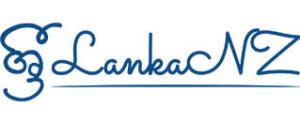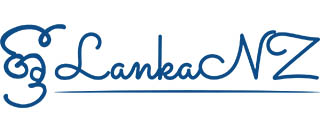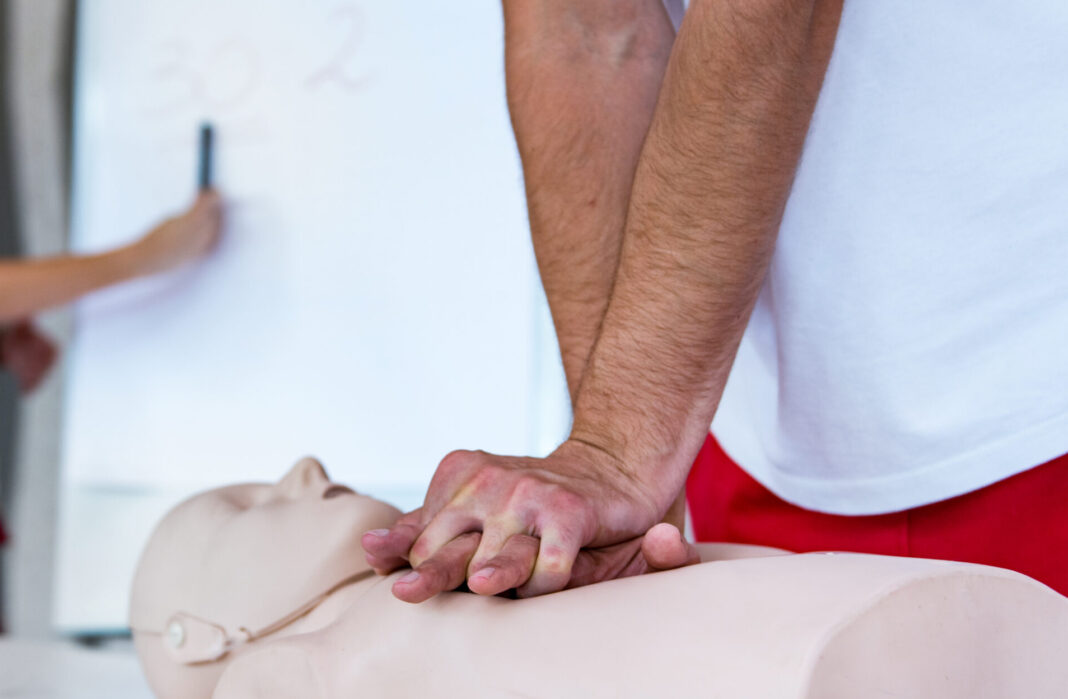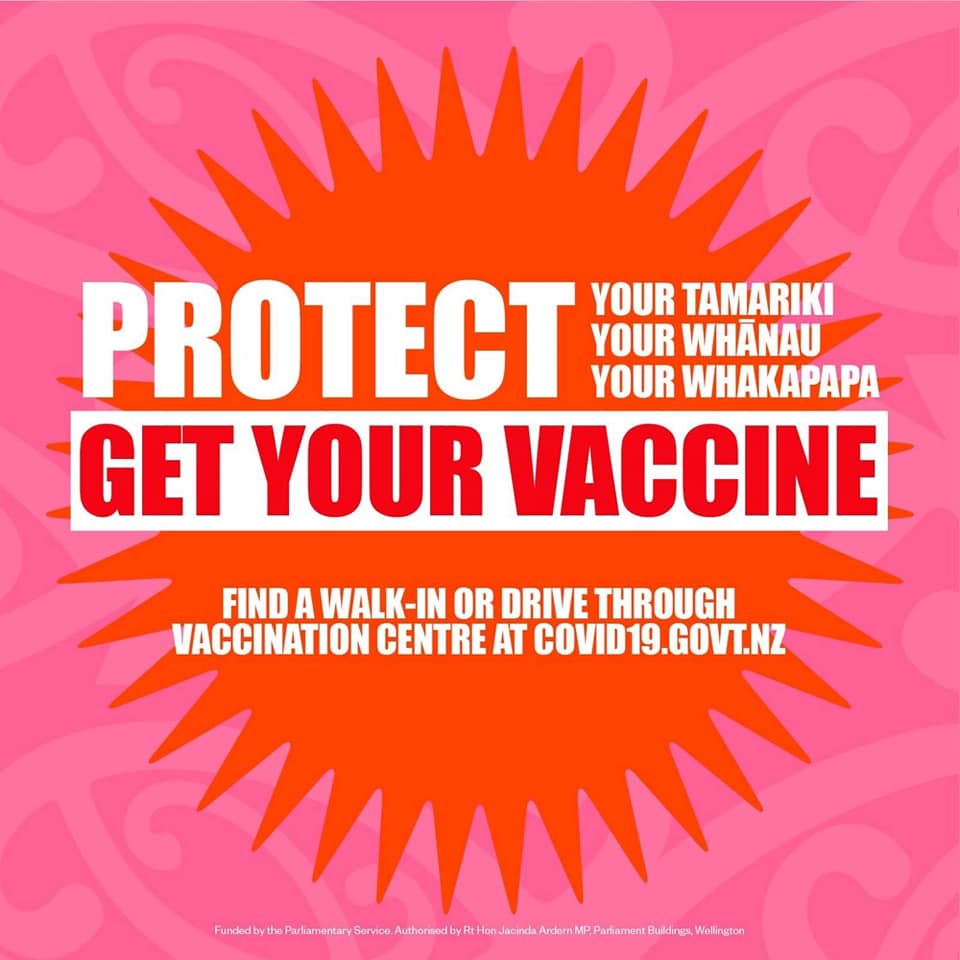” Learning a lifesaving technique one day may save a loved-one’s life! “
First aid is the immediate assistance provided to accident victims before the arrival of specialized medical personnel. Most people get admitted to the hospital, some will improve over the time and will get the opportunity to go home, unfortunately for some they remain very unwell and may even die. The goal of CPR is to stop and if possible, reverse the damage caused. This consists of quick and simple measures. So, if there’s an emergency call 111 straightaway!
CARDIAC ARREST
(Every minute counts when a person is in a cardiac arrest)
Your heart is one of the most important muscles in your body, some people become critically ill and without even a warning the heart stops beating, this can lead to death. But this condition is not the same as a heart attack. It’s very important to get medical attention by calling 111 for an ambulance if you or someone is showing symptoms for a cardiac arrest.
Signs and symptoms –
First sign is usually loss of consciousness or fainting. Before losing consciousness, some people experience other symptoms such as dizziness, rapid heartbeat, chest pain, nausea –with or without vomiting, unexplained wheezing etc.
Causes
- Heart conditions
- Coronary artery disease – Arteries become narrow clogged with cholesterol and other deposits limiting or damaging blood flow to the heart.
- Heart attack – Blood flow is blocked to the heart.
- Enlarged heart – Heart muscle is abnormal –muscular walls stretch and enlarge or thicken.
- Risk factors
A family history of coronary artery disease, smoking, high blood pressure, high blood cholesterol, obesity, diabetes, inactive lifestyle etc.
Prevention
Healthy diet, stay active-exercise, reduce stress levels, stop using tobacco and drinking and smoking etc.
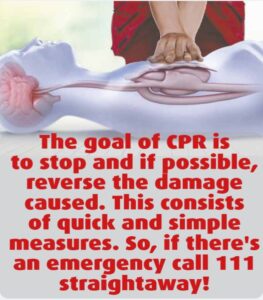
What is CPR?
CPR is the treatment that is used to help someone’s heart and breathing when either or both has stopped working. During this condition the heart cannot pump blood to the body.
- Call 111 for medical assistance.
- Opening the airway and checking for breathing-
- Chest compressions to help the blood keep flowing throughout the body.
- Blowing air or oxygen to the lungs over the nose into the mouth-rescue breaths.
- Repeating the CPR steps.
Can CPR try on anybody whose heart and breathing has stopped?
NO.CPR is not to be performed on everybody whose heart and breathing has stopped.
Example – when someone is coming to an end of life (palliative) the heart and breathing will slowly stop as a natural process of dying. If someone performs CPR on a dying person that will cause distress /discomfort during the very last moments of their life.
Can you refuse CPR?
Yes, you can!
Due to a few reasons some people refuse to receive CPR, very rare side effects of CPR can be broken or cracked ribs and damage to internal organs, brain damage, bruising, even if a dying person wishes not to receive CPR in order to have a peaceful death etc.
The chances of full recovery depend on
- The duration it takes the heart to restart.
- Person’s health condition.
- Causes why the heart and breathing stopped.
Some make full recovery but others?
Some people do not gain the same health they had before after having CPR. Some need a lot of rehabilitation and some may be left with brain damage or remain in a coma.
Before performing CPR
- Call 111
(Make sure the environment is safe, do not put yourself at danger if there’s a fire, traffic accident or other dangers). - Try to wake the person-Do not shake, use a loud voice or a tap on the shoulder.
- Turn the person on their back if it’s safe to do so as they may have spinal injury.
- Check for breathing –tilt the person’s head back to open the airway, if the person does not take a breath after 10 seconds start CPR.
How to do CPR?
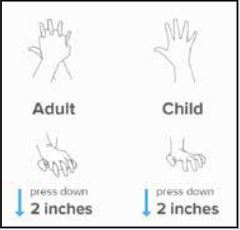
If you are,
Trained – check pulse and breathing, nil sight of breathing in 10 seconds, start CPR with 30 chests compressions followed by two rescue breaths, repeat until person starts breathing.
Untrained– Use hand-only CPR.This involves uninterrupted chest compressions of 100-120 per minute until the emergency medical technician arrives.
Wrong CPR is better than no CPR!
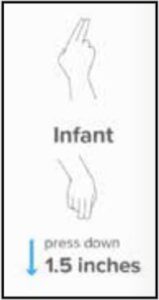
Difference between CPR for infants and young children
Use just two fingers when performing chest compressions on an infant and one hand only for children as their bones are generally flexible and might break a bone and two hands for adults, so should perform very carefully with extra care. Checking infants’ pulse or tapping on babies’ foot or on shoulder without shaking the baby will help to know the responsiveness of an infant.
Moreover, the rescue breaths should be extra gentle, the child or infant’s head should be tilted back gently than adults when performing rescue breaths as infant’s airways are smaller and delicate.
By Oshala Fernando – Christchurch

